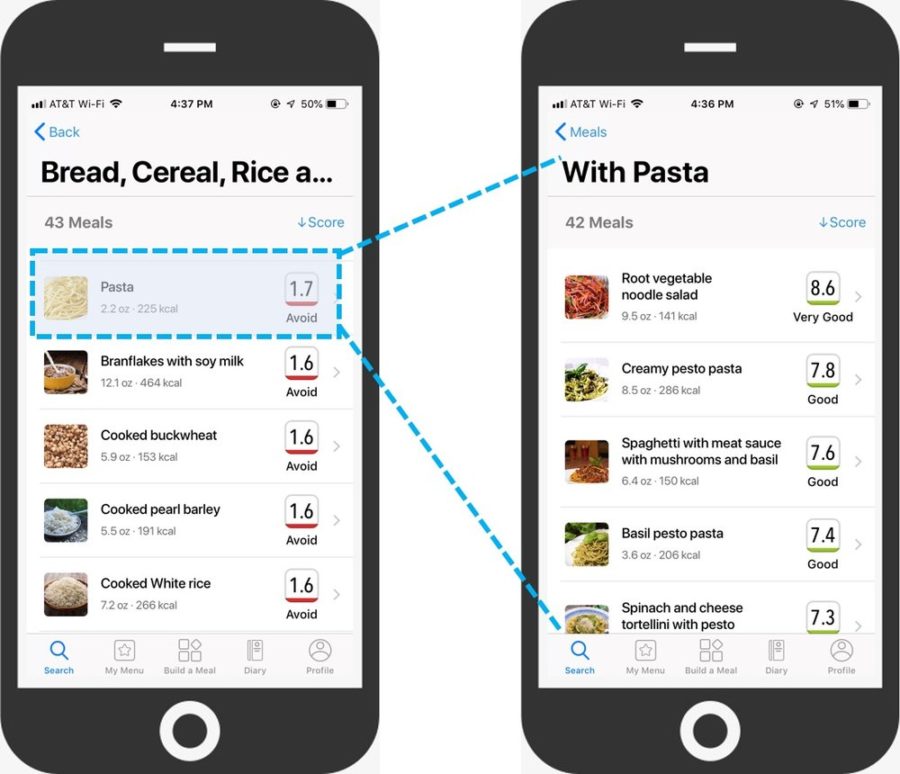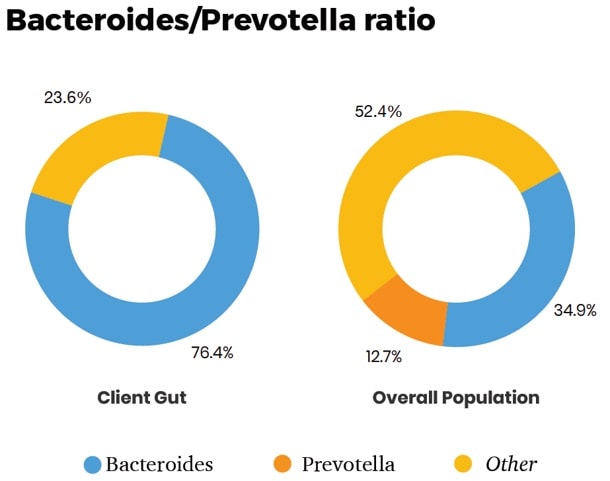THIS ARTICLE WAS ORIGINALY PUBLISHED ON SIGNAL-ANALYTICS.COM
My whole life I was taught to eat healthy food. But how do we know what’s healthy? Which diet advice should we follow, and how do we even measure its impact on our overall health? For people who are at risk to develop diabetes, these questions are even more profound.
Diabetes has run in my family for generations, and a western diet does little to help my cause. In the following piece I will describe my journey to control my blood sugar levels by following these two (not necessarily simple, but nonetheless crucial) steps: Detoxify and Personalize.
Step 1: Detoxify
Food addiction is certainly not a new concept, however in recent years several studies implicated sugar as the culprit ingredient. In animal models, added sugar consumption overlapped with drug-like responses, including binge-eating, craving, reward, opioid effects and withdrawal-like symptoms.
In humans, brain and behavioral studies showed overlaps between drug abuse and sugar consumption [1]. Others have opposed the ‘sugar addiction’ concept claiming it does not meet the standards of the Substance Use Disorders (SUDs), and that owing to lack of a large body of evidence, sugar was prematurely ‘baptized’ as an addictive agent [2]. But even if sugar consumption does not meet the strict definition of drug addiction, avoiding high sugar consumption is widely recommended by healthcare experts. In this era of added sugar cornucopia, to wean yourself off of added sugar should definitely be a useful first step.
A plethora of programs offer sugar free or low sugar-based diets, with some offering a ‘detox’ period. I recommend the ones which can offer low sugar or sugar free recipes, and point to the ‘right’ products in your grocery store. Why? Because sugar goes by different names and you would be surprised how many food and beverage companies are hiding this fact in plain sight by using a variety of synonyms, unbeknownst to the consumers.
As part of my private journey, I completed a low sugar program that lasted for 30 days, and one which I’m still following eight months later.
Step 2: Personalize
Even after completing my ‘detox’, I still felt something was missing. High blood sugar levels can impact our health in a variety of ways and is associated with a host of different diseases beyond diabetes. Avoiding abrupt spikes of sugar levels throughout the day is therefore crucial, and so we are prompted to eat foods (such as complex carbohydrates) that will be gradually converted into sugar.
Most dietitians will provide nutrition recommendations based on glycemic index, a consensus formula that measures how different carbohydrates break down relative to pure sugar. However, sugar and carbohydrates metabolisms vary dramatically between individuals, rendering glycemic index a risky approximation.
We now have tools to better understand how individuals metabolize food, and more specifically, sugar and carbohydrates. As you probably know, our gut is a host to a variety of bacteria and viruses, commonly referred to as the ‘microbiome’. What’s more, using new DNA/RNA sequencing techniques, we are now able to identify any person’s unique microbiome signature, and explore the correlation and impact of different ‘microbiome signatures’ on a variety of different health conditions.
Multiple microbiome-related companies and services have emerged in recent years, such as U-Biome, Viome, DayTwo and others. Signals Analytics reported on DayTwo a few years ago as this company was developing its algorithm connecting food uptake and blood sugar levels to a person’s microbiome signature, together with other medical and personal information about the customer.
Since then, they have accumulated readings from tens of thousands of individuals, and can now predict which types of food and food combinations are better for you when it comes to their impact on your blood sugar levels. For the purpose of my exercise, I purchased the DayTwo testing kit and used their nutrition management app.
The Result
It is always exciting to learn new things about our inner workings, and this time I was in for quite a few surprises. Take a look at Figure 1: Pasta at its simplest form has ~45 grams of carbs per serving, and it’s one food I should avoid. Does pasta need to go on a strict “do not eat” list for me? Not necessarily.

The algorithm provides suggestions for different food combinations that can transform my food’s personalized score. For example, adding root vegetables, pesto or basil, to the pasta can bump up its score and so, if consumed wisely, I can still keep it in my diet.
The same methodology can be applied for whole meals, and while it requires some work at the beginning, once you test and tinker your routine meals with the right combinations, you end up with a more accurate and personalized diet. The fact that you can still eat some of your favorite food items makes it easier to adhere to this diet.

A recent study revealed that among US immigrants, bacteroides strains displace prevotella strains according to time spent in the USA. As I moved to the US from Israel about two years ago, I guess I fit the pattern, and I say this despite maintaining a mediterranean / vegetable-rich diet.
This finding does strengthen the consistency of the microbiome test, while raising interesting questions regarding the environmental factors contributing to this recognizable western diet pattern.
Did it work?
My A1C levels, which is a cumulative measure of blood sugar levels, dropped from 5.2% to 4.9% (above 5.7% represents increased risk for diabetes in the US). I also lost 12 pounds, which was a pleasant surprise, but not a personal target for this exercise.
Controlling your blood Sugar economy is not an easy task. But if we supplement our willpower with increased awareness of unnecessary use of added sugar, plus recent cutting-edge technologies, we can subscribe to a more healthy and sustainable diet.
References:
- DiNicolantonio JJ, O’Keefe JH, Wilson WL. Br J Sports Med 2018;52:910–913.
- Margaret L., Westwater,·Paul C. Fletcher, Hisham Ziauddeen Eur J Nutr (2016) 55 (Suppl 2):S55–S69
